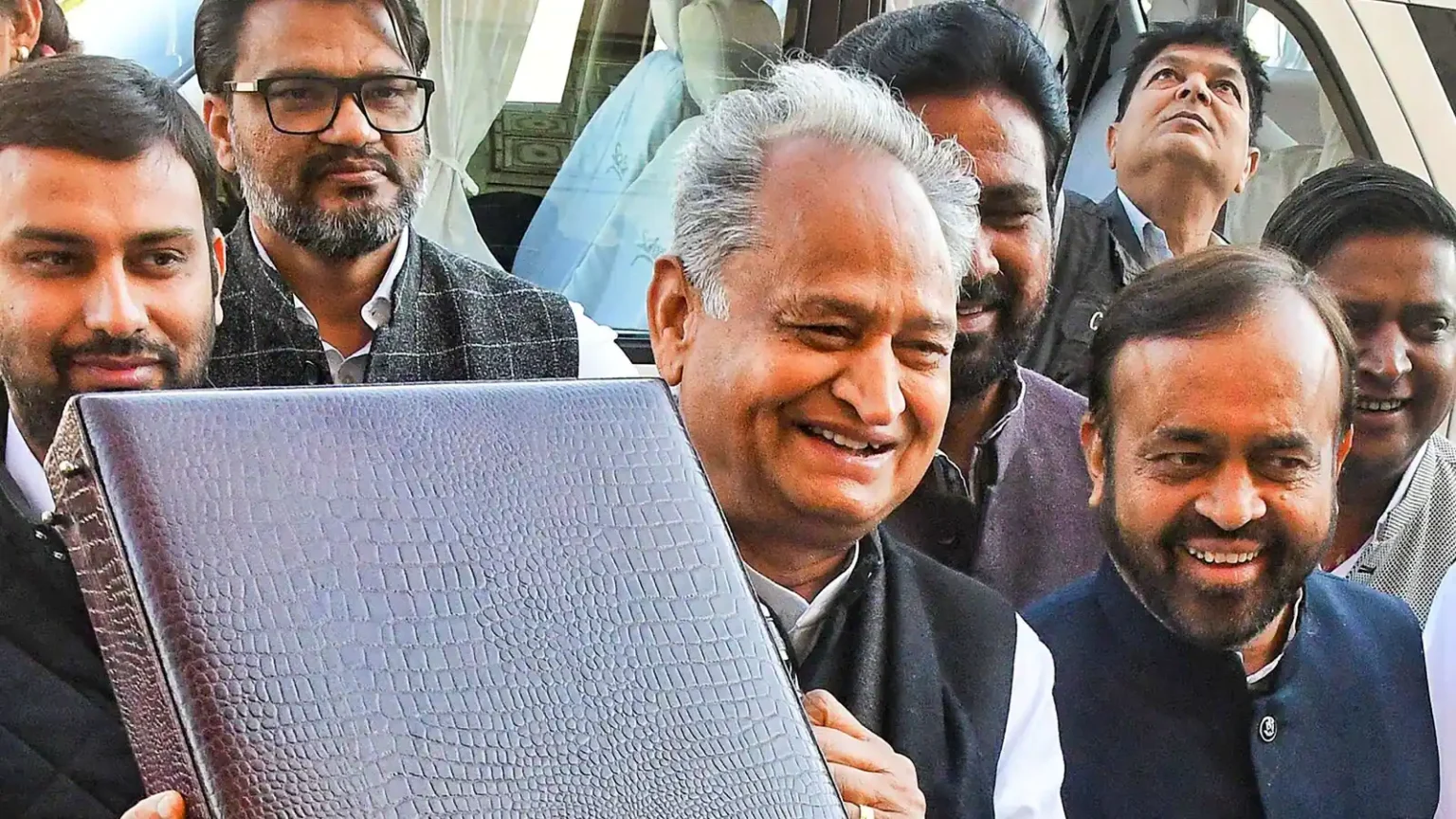Rajasthan Chief Minister Ashok Gehlot recently approved a 56-crore budget for books and equipment in four new medical colleges. The amount allotted will be used to upgrade the medical institutions newly launched by the state government.
Table of Contents
Specific details of budget allocation in Rajasthan
In accordance w the ANI report, Gehlot has rendered financial consent for the purchase of medical necessities in the colleges of Dholpur, Sriganganapur, Sirohi, and Chittorgarh districts of Rajasthan. The budget was sanctioned only after the Rajasthan Medical Education Society (RAJMES) claimed the need for urgent equipment. It was issued in response to the new guidelines released by the National Medical Commission.

The budget gets passed with an objective to provide appropriate tools, books, and comfortable furniture to newly established medical colleges. The departments mainly focused on by the government, including pathology, pharmacology, forensic medicine, and microbiology, that will soon open their gates for studies. The reports declare it the “first renewal” of the medical colleges.
The funds are distributed keeping in mind the provision of quality medical education and proper facilities. The purpose is to uplift the status of medical colleges in India and to empower medical students. The government attempts to create a platform for students to help them avail proper benefits before their new academic session commences.
Rajasthan is well-known for its cuisine and tourist spots but is currently rising as a reliable centre for medical studies, as the state provides impetus to the establishment of high-quality medical colleges.
Rajasthan’s Previous Budget Details

Rajasthan’s budget for 2024–24 is finalized by Ashok Gehlot, who also takes charge of the finance portfolio. The finalization of budget takes place in the presence of the finance minister, Chief Secretary of finance, budget, expenditure and the director. The prominence of the budget setting this year is to be seen in terms of the terminating elective years of the Ashok-led government.
The Gross Domestic Product for this year is set at Rupees 15.7 lakh crore, amounting to 11.5% growth from the previous year. While there appears to be a rise of 7.1% over the previous year’s estimates, the revenue deficit is said to be 1.6% of GSDP and the fiscal deficit to be 4.0% of GSDP lower than the amount predicted for the previous year.
Some of the policy highlights this year incorporate the introduction of the Workers Welfare Act, for which a budget of Rupees 200 crore is set as a standard. The free electricity provided to consumers is to be increased to 100 units. Under the National Food Security Act, free rations will be provided to people. A youth development and welfare fund will also help in providing better education and employment opportunities and organizing skill development programs.
There is an increase of 4% in revenue expenditures, including higher salaries, pensions, grants, subsidies, and pensions. The government, as per the new budget plan, is also planning to reintroduce the old pension policy in place of the National Pension System. The immediate financial strain experienced will be less as the current retirees are still enrolled in the previous pension scheme. Interestingly, the new policy maps a rise in capital outplay too, that is, the amount of expenditure spent towards the creation of new assets.
Moreover, the budget spent on every state-guaranteed facility seemed to leap. The area of health has mapped an increase from 6.3% to 7.4% in 2022–23. The average allocation for education receives a share of 19.5% of the total expenditure. The fields of agriculture, urban development and cultural development gains attention with the introduction of a new budget policy.













